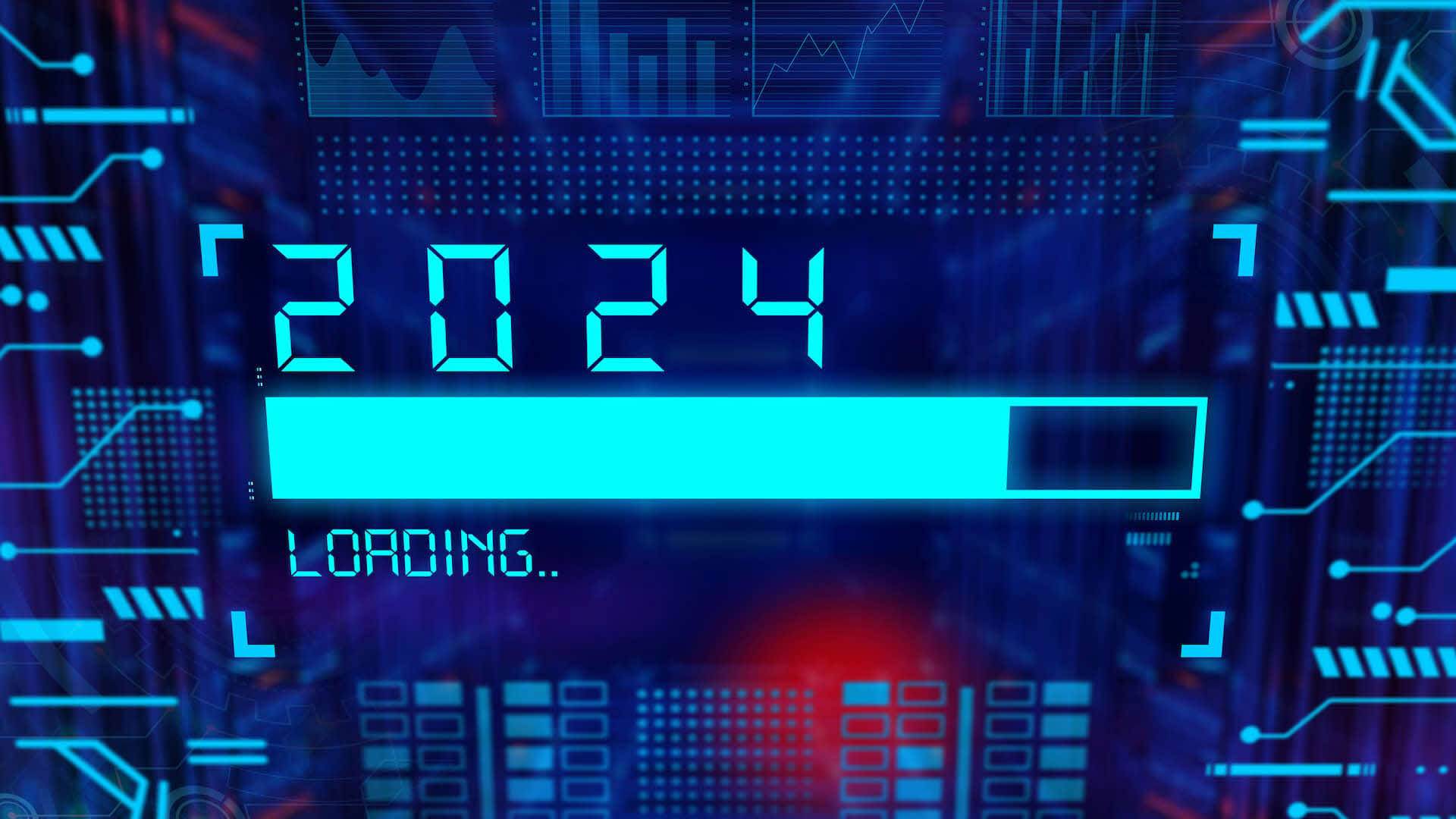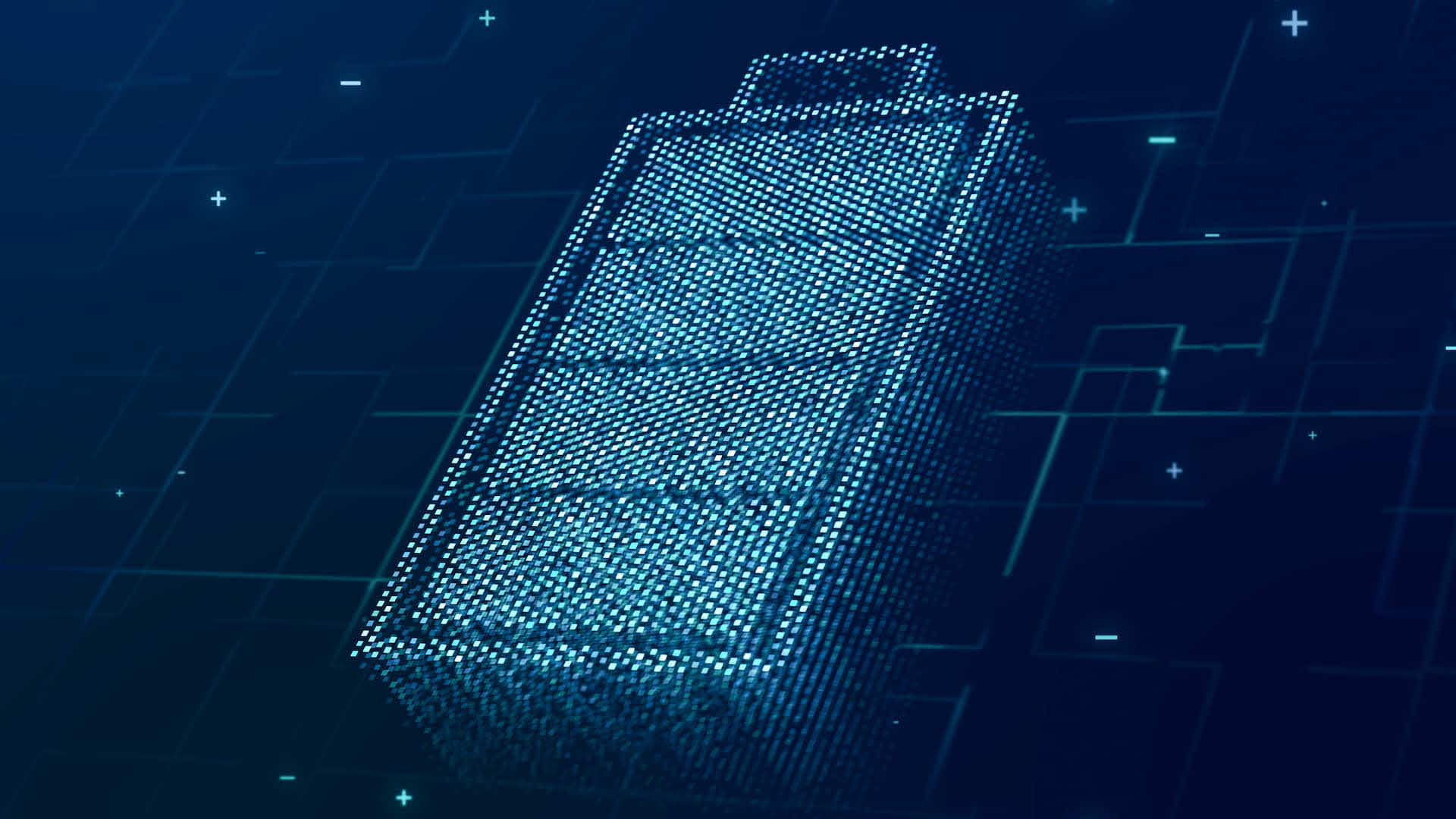Shawn Wasim brings with him a background in renewables, specifically solar and storage. Before joining E Source, he spent several years working for utilities and consulting firms where he conducted technical analysis on stationary storage deployments, solar project development, electrification, and decarbonization. His area of specialization includes mathematical modeling for flow battery performance and lithium-ion battery deployment analysis. Shawn holds a BS in physics, an MS in mechanical engineering, and an MBA.

Shawn Wasim
Content by this author

How much do batteries cost in 2024?
The E Source Battery Next Forecast Database is an industry-leading tool to help utilities better understand the current and future state of the battery market. Join this webinar to learn more about the tool and where we expect pricing to go for the rest of 2024.

The power within: Understanding the switch from nickel manganese cobalt to iron phosphate for grid storage applications
Learn why battery chemistry is changing from the widely used nickel manganese cobalt to iron phosphate for grid storage. We’ll dive into the implications of this regarding costs, system safety, lifetime, and other key factors to help advise customers on how to prepare for these changes.

Are lithium iron phosphate batteries the Stanley tumbler of grid storage applications?
Battery storage project developers and utilities around the globe are switching from the widely used chemistry of nickel manganese cobalt to lithium iron phosphate (LFP). This blog explores a few of the benefits of making the switch to LFP.

With battery prices decreasing, now is the time to tackle utility-scale energy storage installations
The time to tackle utility-scale energy storage installations is now as current trends and future projections are showing cell prices returning to prepandemic numbers. Read this blog post to learn more about why and where the battery market is going in 2024.
